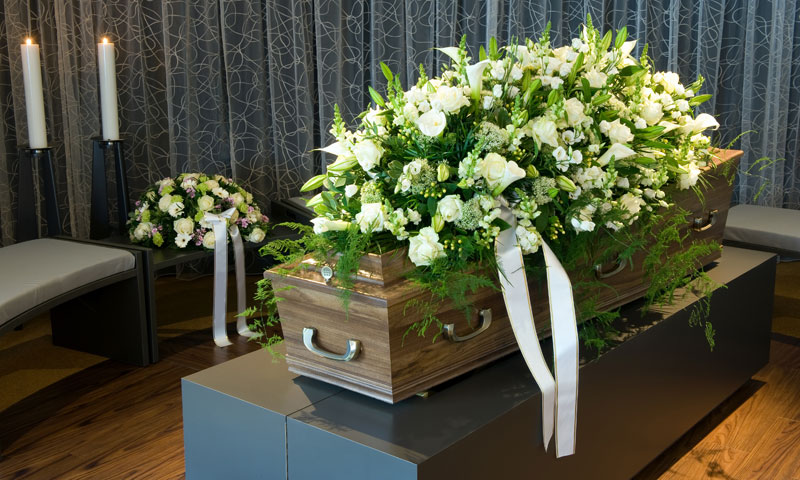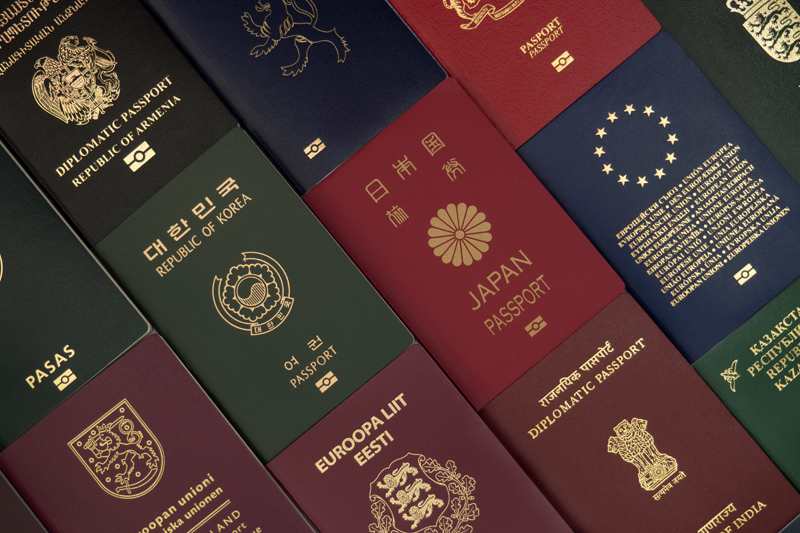Summary: The Supreme Court agreed to hear a death penalty case which may cause “needless suffering” to the inmate.
On Monday, the Supreme Court said that it would hear a death penalty case involving Russell Bucklew. The death row inmate from Missouri said that his execution would cause “needless suffering” and he has asked SCOTUS to weigh in on the use of lethal injection for him.
“Based on Mr Bucklew’s severe medical condition, we believe he would be at substantial risk of extreme and needless suffering during execution by lethal injection,” Bucklew’s attorney Cheryl Pilate told The Guardian.
Bucklew, 49, said that he has a disease called cavernous hemangioma and that lethal injection would cause him “excruciating pain” because of the unstable tumors in his head, neck, and throat. His attorneys argued that because of his disease there is a chance that his tumors could rupture and bleed during the execution and cause him to suffocate for several minutes.
“When Bucklew is supine, gravity pulls the hemangioma tumor into his throat which causes his breathing to be labored and the tumor to rupture and bleed,” experts said of Bucklew’s condition.
Bucklew’s case will be heard in the fall, which bides him more time to live. In 1998, he was convicted of first-degree murder, rape, kidnapping, and burglary, and this is the second time SCOTUS has stepped in to stop his execution. According to The Guardian, the first instance was in 2014.
That year, Bucklew told The Guardian that the lethal injection would cause him to gag and that he worried his family and friends would watch him die suffering.
“My brothers and my friend are going to have to watch that. How much pain is that going to put them through?” Bucklew said.
If Bucklew were killed this year as scheduled, he would be the first execution in Missouri for 2018. According to The Guardian, “There have been five executions so far this year in Texas, two in Alabama and one each in Florida and Georgia. The death penalty has declined steadily since its 1999 peak at the height of the moral panic over urban crime when 98 prisoners were put to death. In 2016 the annual figure fell to 20, rising slightly to 23 last year. But that does not mean that the legal challenges of state killing has disappeared. Some 2,817 prisoners remain on death row in America, scattered among the 31 states that still adhere to the death penalty.”
In 1996, Bucklew killed the new boyfriend of his ex-girlfriend before he kidnapped and raped her. He was arrested after a high-speed chase.
Bucklew is requesting to be killed by lethal gas instead of lethal injection.
- Death Row Inmate with Incompetent Attorney Scheduled to be Executed
- Was Racist Jury Selection Reason for Man’s Death Row Sentence?
- Dylann Roof Headed for Death Row











































